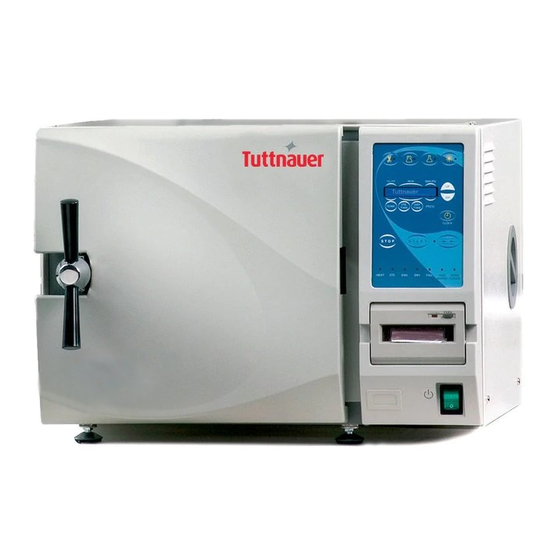
Tuttnauer 2340E Operation & Maintenance Manual
Electronic tabletop autoclaves
Hide thumbs
Also See for 2340E:
- Operation & maintenance manual (57 pages) ,
- Technical manual (111 pages) ,
- Operation & maintenance manual (60 pages)













Need help?
Do you have a question about the 2340E and is the answer not in the manual?
Questions and answers